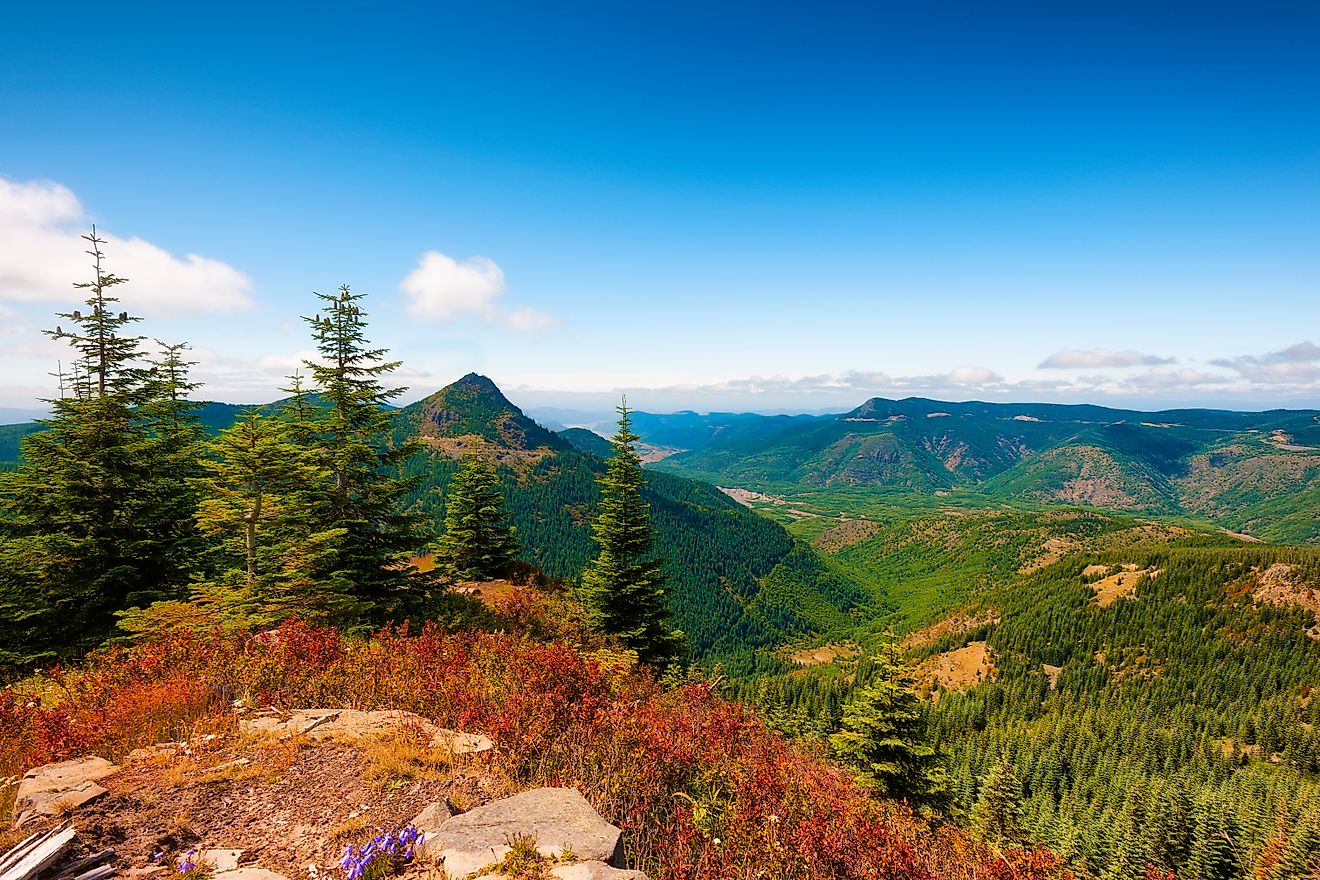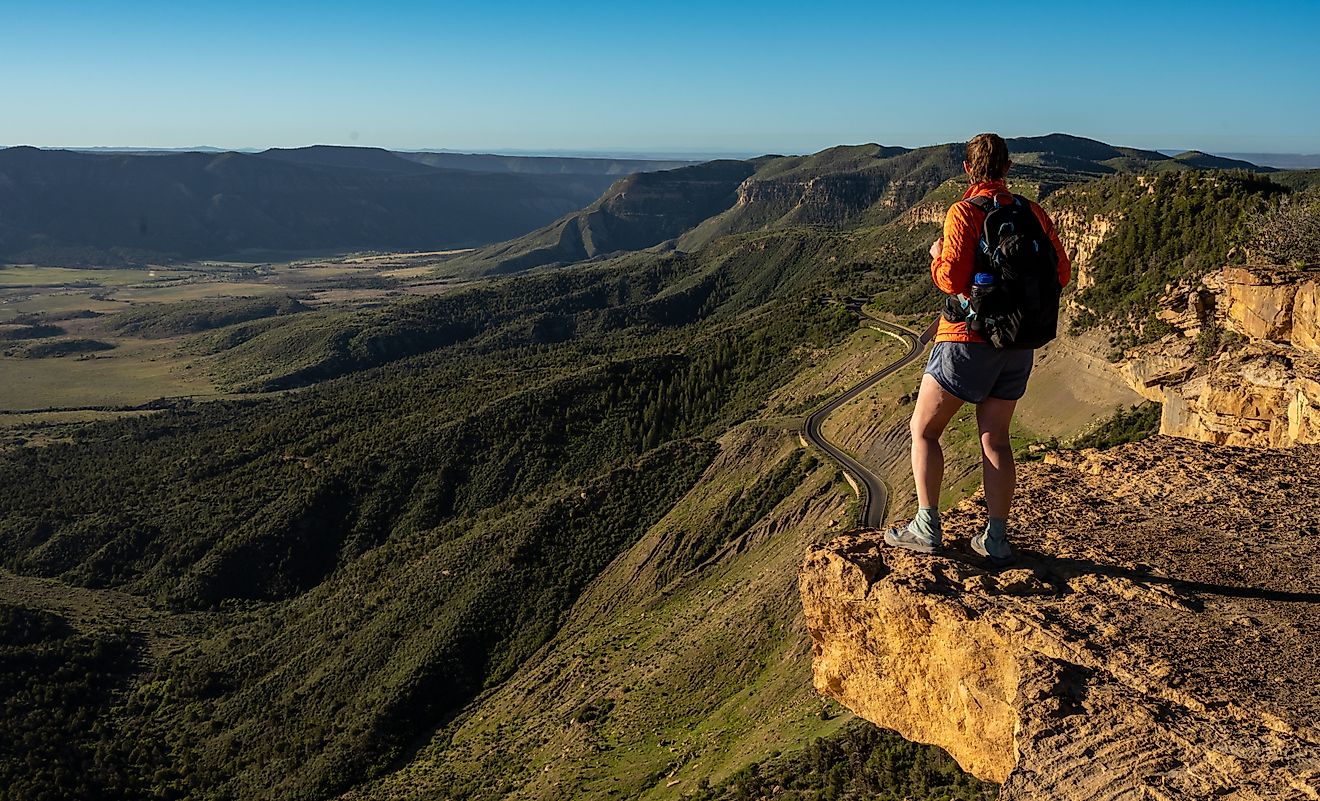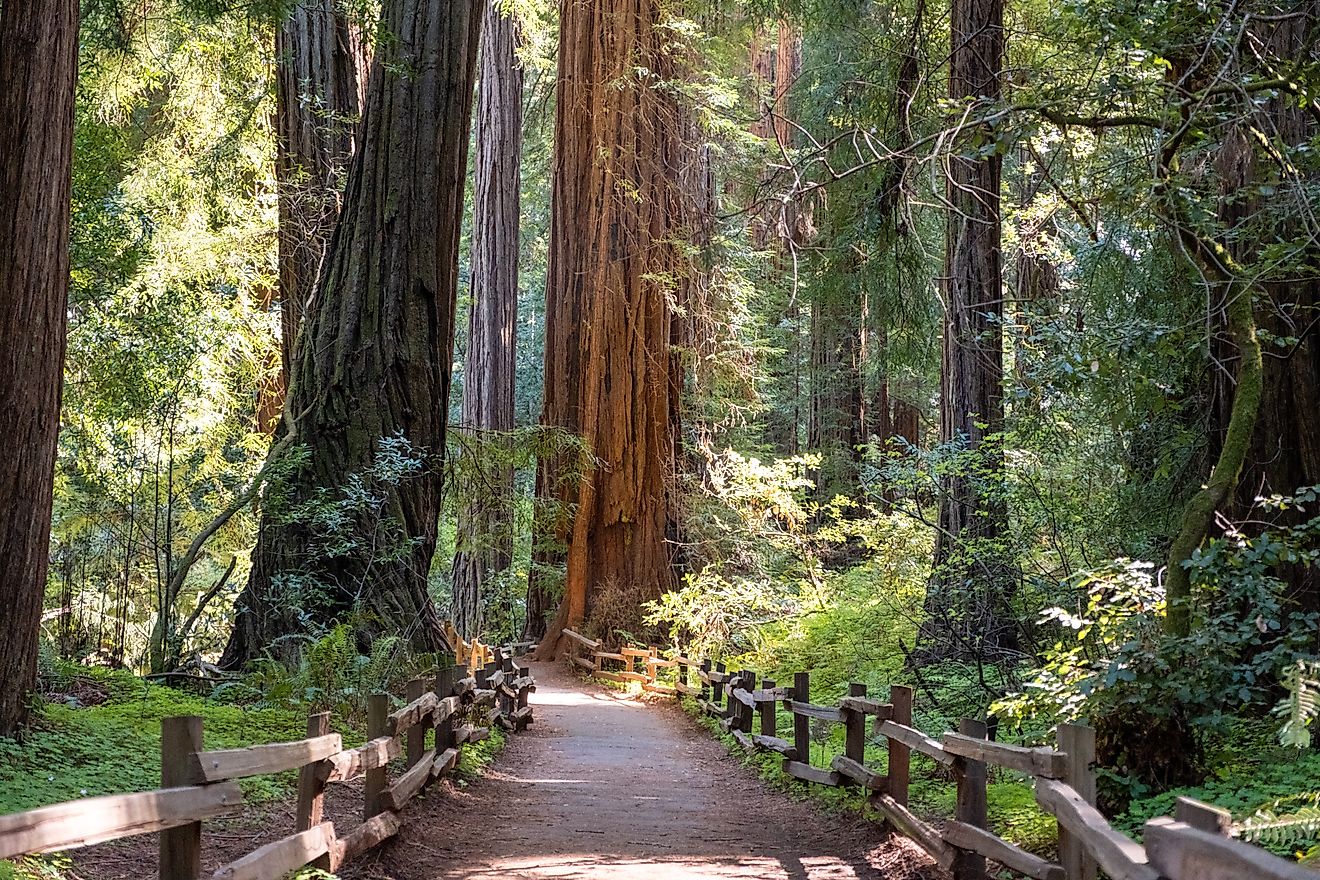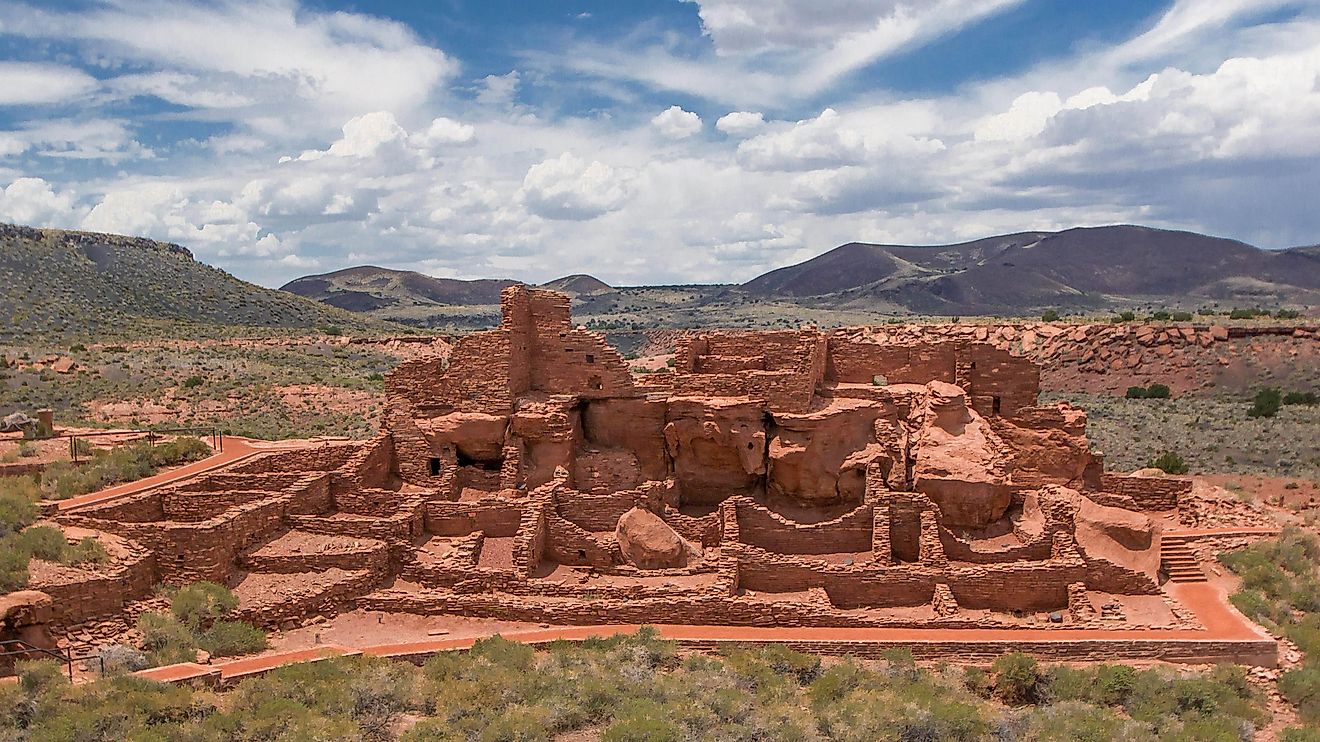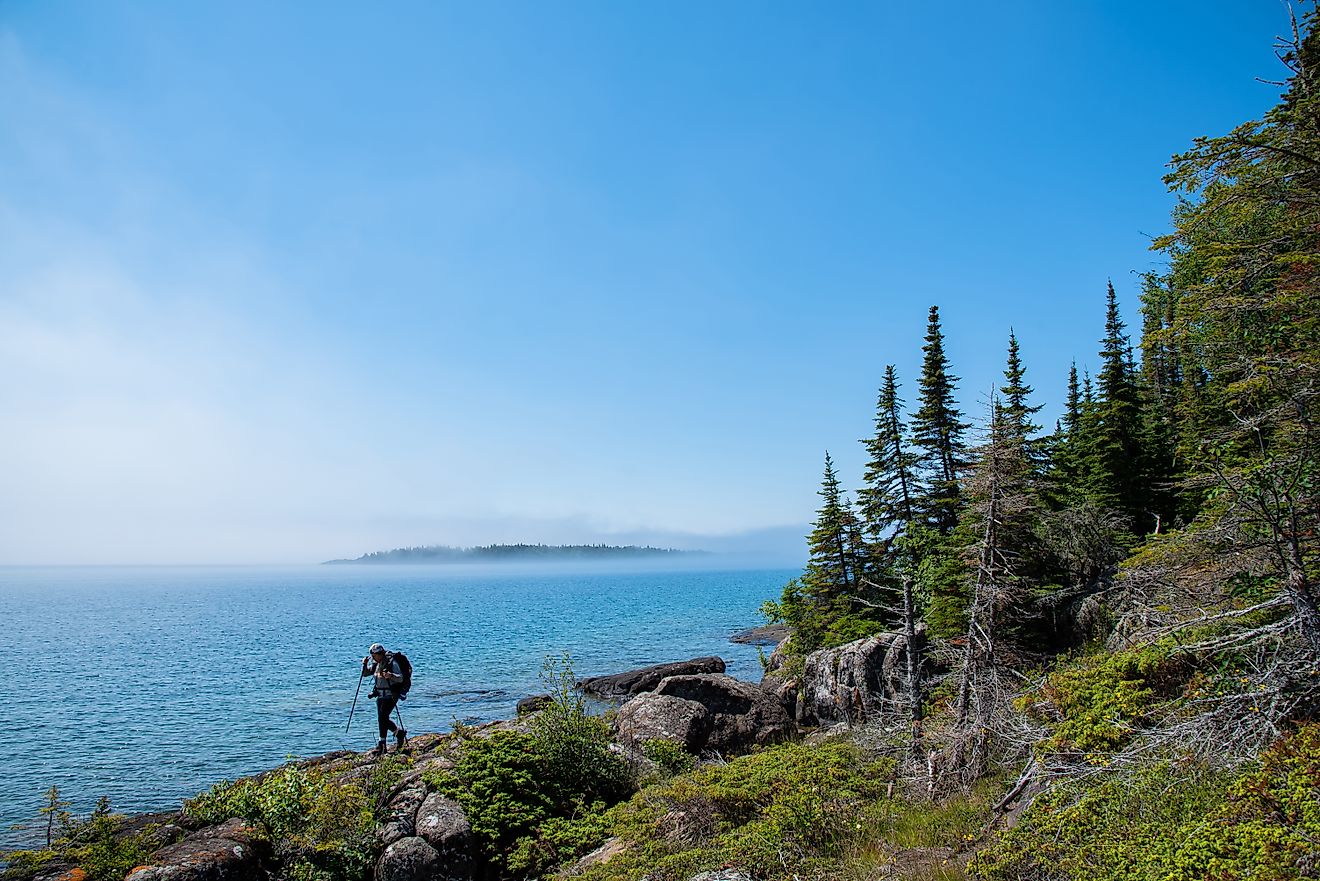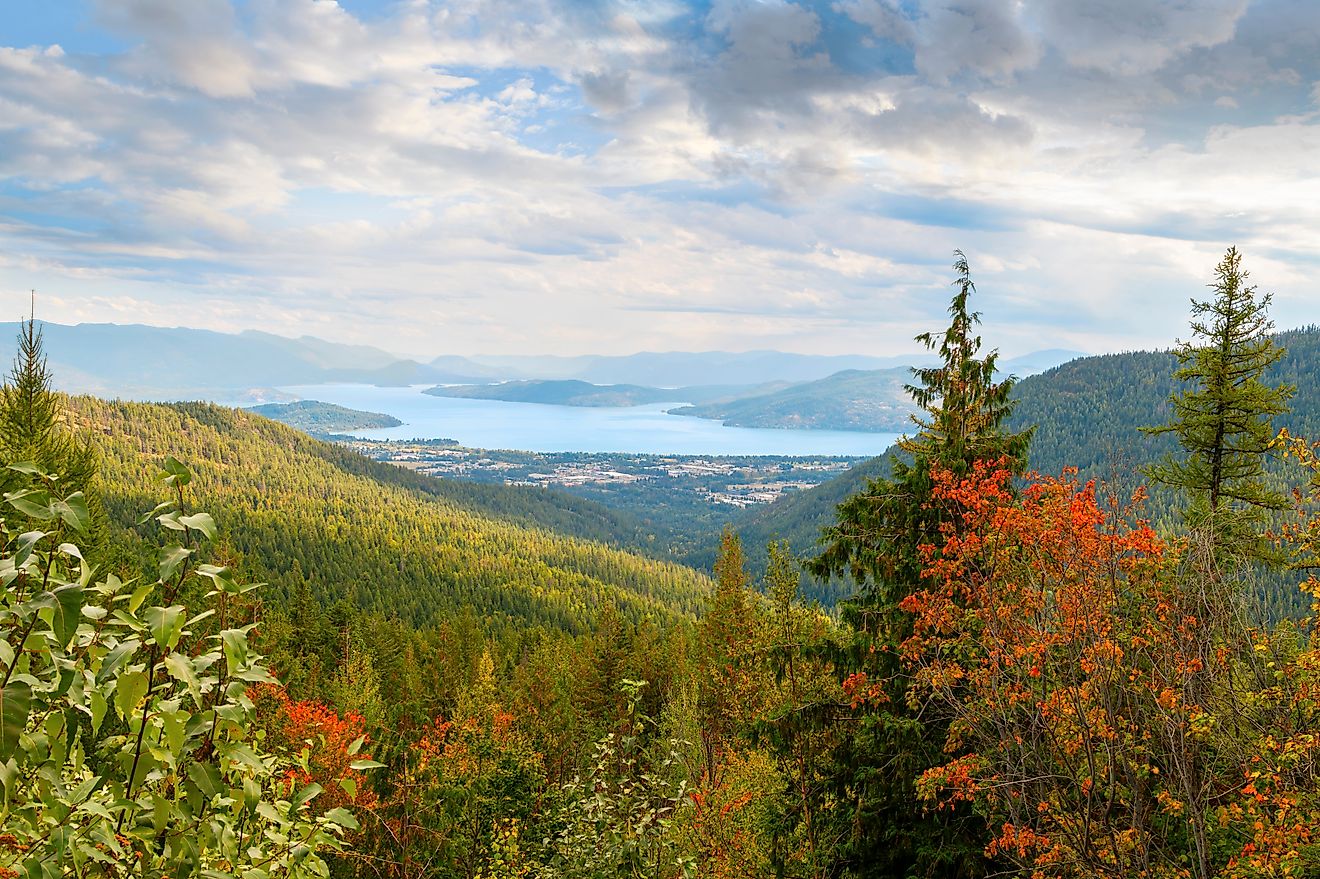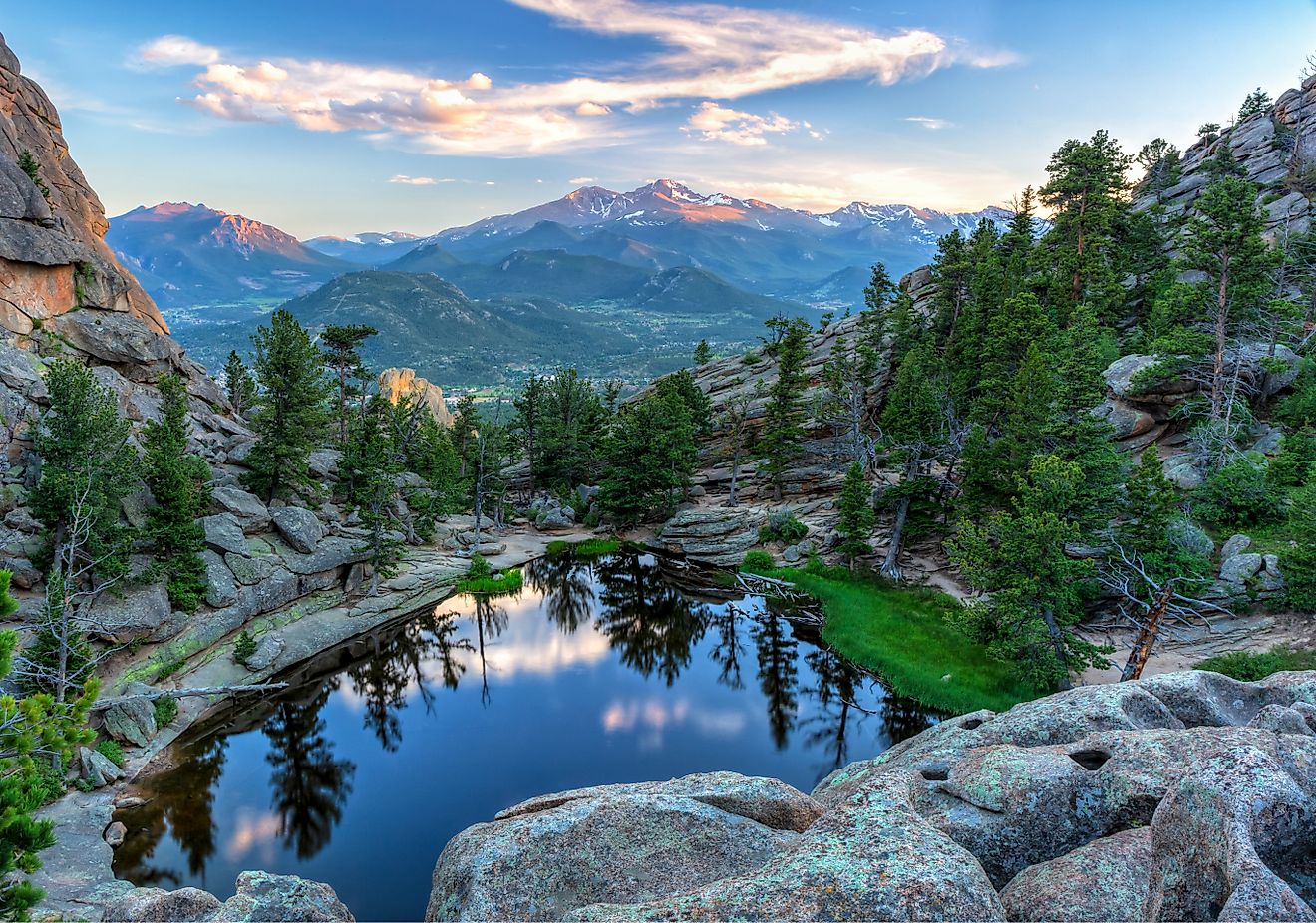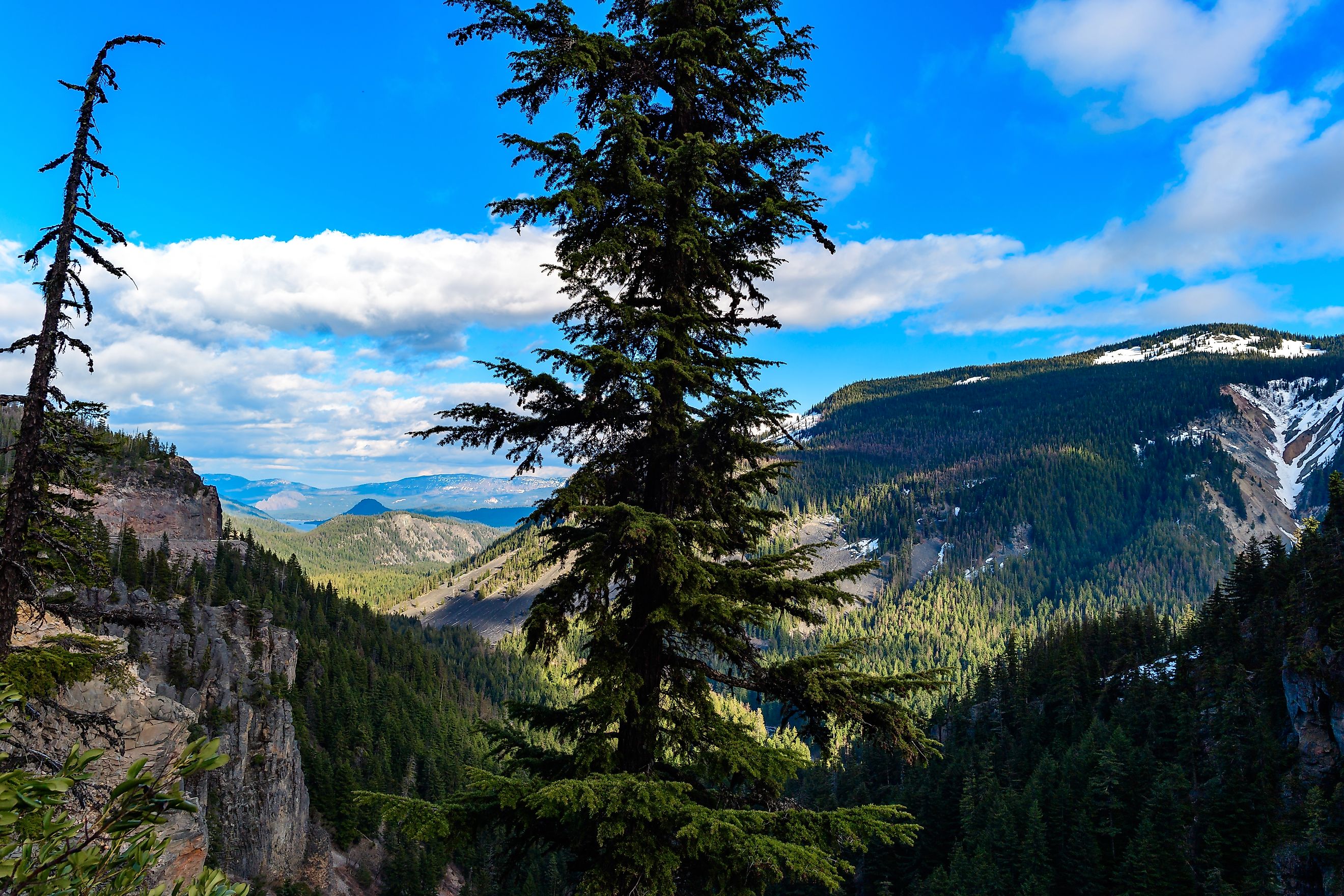
Okanogan-Wenatchee National Forest
Stretching for nearly 4 million acres along the eastern slopes of Washington’s Cascade Range, the Okanogan-Wenatchee National Forest is one of the most diverse and expansive protected landscapes in the Pacific Northwest. From snowcapped peaks to arid shrub-steppe valleys, this remarkable forest offers a living portrait of Washington’s geography, ecology, and history.
It is a place where glaciers once carved the land, wildfires reshaped entire ecosystems, and wilderness areas still preserve the kind of raw, rugged beauty that lures adventurers from around the world.
A Forest That Spans the State
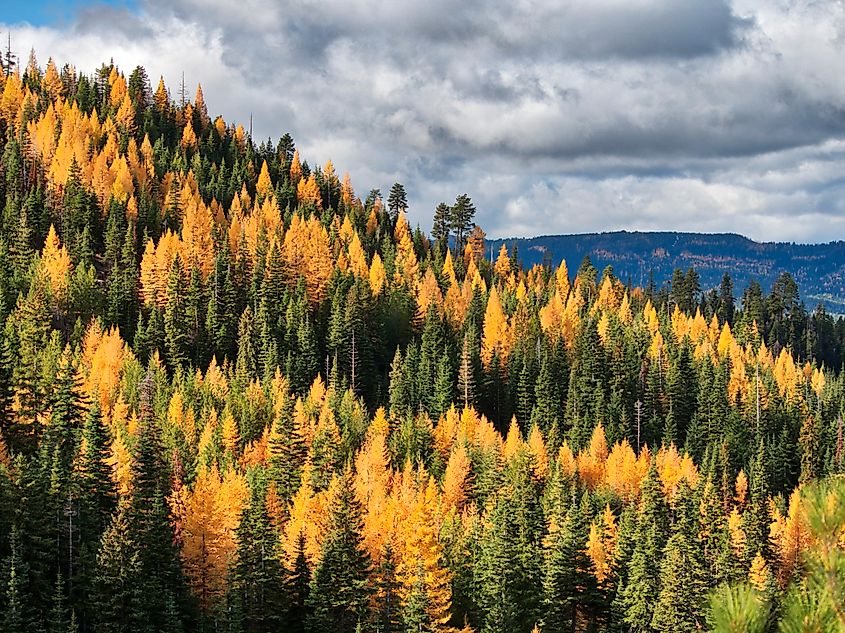
Covering roughly 3.8 million acres, the Okanogan-Wenatchee is one of the largest national forests in the United States. Its boundaries stretch from the Canadian border in the north to the Yakama Indian Reservation in the south, and from the crest of the Cascades eastward into the open, drier landscapes of central Washington. Few forests offer such dramatic contrasts. At its western edge, the climate is moist and temperate, sustaining towering conifers and alpine meadows. Travel eastward, however, and the forest transitions into open pine forests, sagebrush, and grasslands. Elevations vary from below 1,000 feet along river valleys to over 9,000 feet atop glaciated peaks.
This diversity makes the Okanogan-Wenatchee not only vast in size but also in character. Hikers can find themselves trekking through mossy groves of Douglas fir one day and standing on the edge of high desert plateaus the next.
A Tale of Two Forests
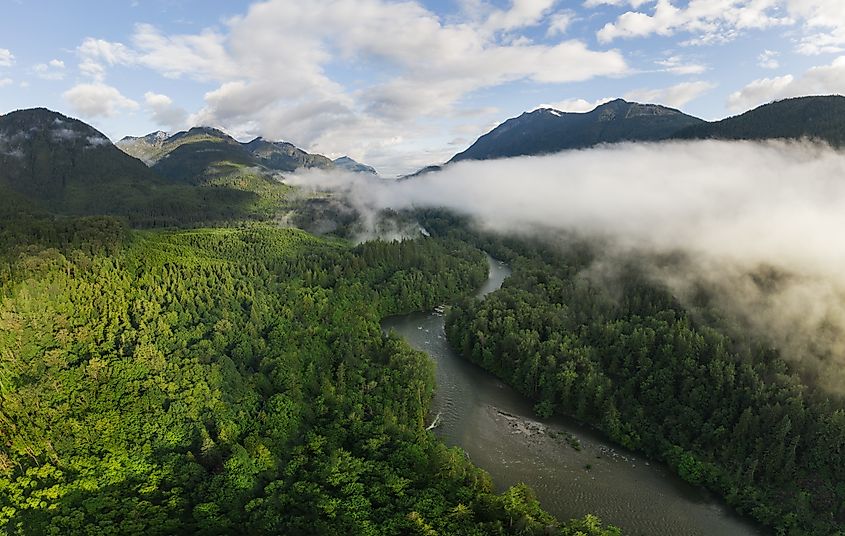
The modern Okanogan-Wenatchee National Forest is the product of a long and complex history of land management. It began with the creation of the Chelan National Forest in 1908, which later split into separate forest units before merging and separating again. The Okanogan National Forest was first established in 1911, briefly absorbed back into Chelan in 1921, and then reinstated in 1955. The Wenatchee National Forest, meanwhile, was carved from the eastern Cascades, stretching for nearly 137 miles.
In 2000, the U.S. Forest Service merged the Okanogan and Wenatchee administratively, though their boundaries remained unchanged. Since 2007, they have officially been managed together as the Okanogan-Wenatchee National Forest, with headquarters in Wenatchee and six ranger districts scattered across its immense territory.
Wilderness Within the Forest
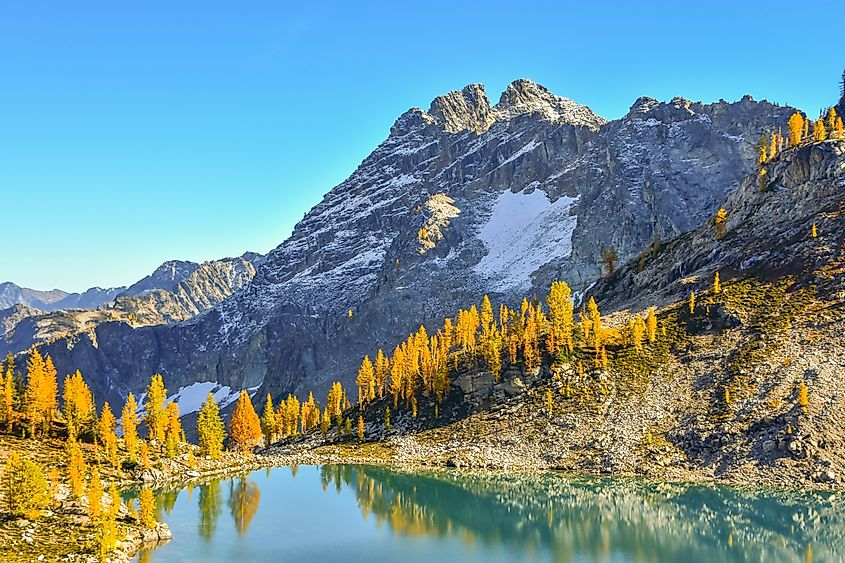
The Okanogan-Wenatchee National Forest is home to some of the most iconic wilderness areas in Washington. Together, they protect pristine landscapes where logging and development are off-limits, preserving vital habitat and recreational opportunities.
-
Pasayten Wilderness: Spanning more than 500,000 acres near the Canadian border, this remote area is renowned for its solitude, high meadows, and jagged peaks.
-
Lake Chelan-Sawtooth Wilderness: Covering about 65 percent of its land within the Okanogan-Wenatchee, this wilderness combines alpine lakes with rugged ridgelines.
-
Glacier Peak Wilderness: Shared with neighboring forests, it features Washington’s isolated Glacier Peak volcano, surrounded by a sea of wilderness.
-
Alpine Lakes Wilderness: Famous for its turquoise lakes and granite peaks, this is one of the most visited wild areas in the state.
-
Goat Rocks Wilderness: A volcanic landscape south of Mount Rainier, offering wildflower meadows and panoramic views.
-
Henry M. Jackson and William O. Douglas Wilderness Areas: Smaller but ecologically rich, protecting forests, rivers, and mountain wildlife corridors.
Each wilderness area offers its own flavor of adventure, from strenuous backcountry treks to alpine lakeside camping.
Famous Lakes and Rivers
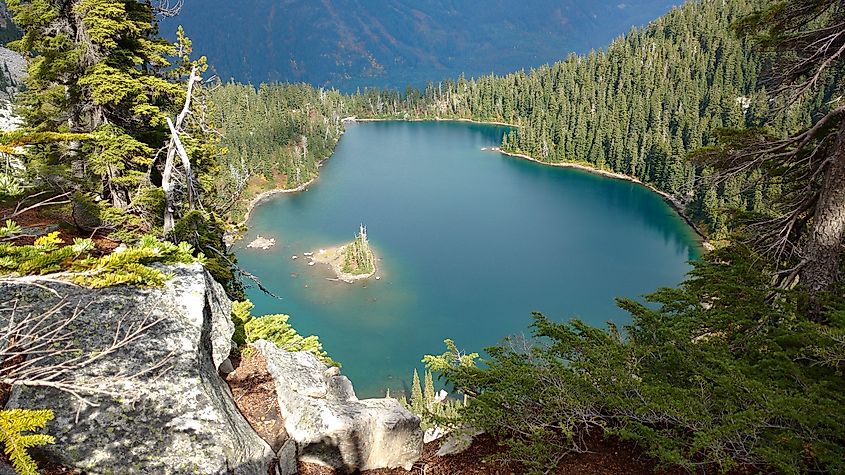
Within the forest lie countless rivers and lakes, many of them glacially formed. One standout is Waptus Lake, the largest alpine lake in the Okanogan-Wenatchee. Nearly two miles long, Waptus is only accessible by hiking or horseback, rewarding visitors with striking views of Summit Chief and Bears Breast mountains.
The Wenatchee River watershed, which cuts through the forest, provides habitat for salmon, steelhead, and countless bird species. Its clear waters also serve as a popular spot for rafting and fishing.
Ecology and Wildlife
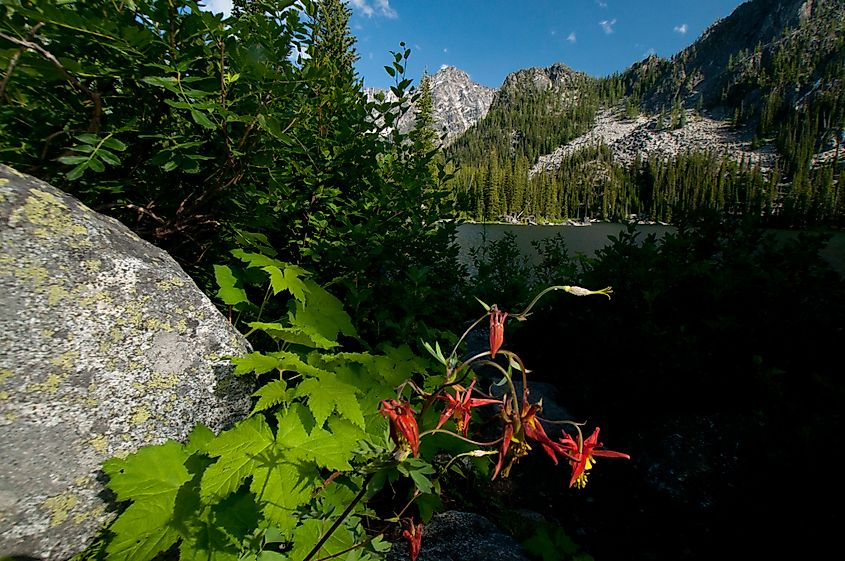
Ecological diversity is one of the defining characteristics of the Okanogan-Wenatchee. Old-growth forests, estimated to cover more than 300,000 acres, remain an important part of the landscape. Lodgepole pine, Douglas fir, western larch, and ponderosa pine dominate at different elevations, while high alpine meadows bloom with wildflowers in summer.
Wildlife is equally varied. Black bears, cougars, bobcats, and coyotes roam the forests. Elk and white-tailed deer graze in meadows, while bighorn sheep navigate steep cliffs. Birdwatchers might spot bald eagles, northern goshawks, or migratory songbirds. Along the forest’s eastern edges, the drier shrub-steppe country supports unique plant and animal communities seldom seen elsewhere in Washington.
Fire and Renewal
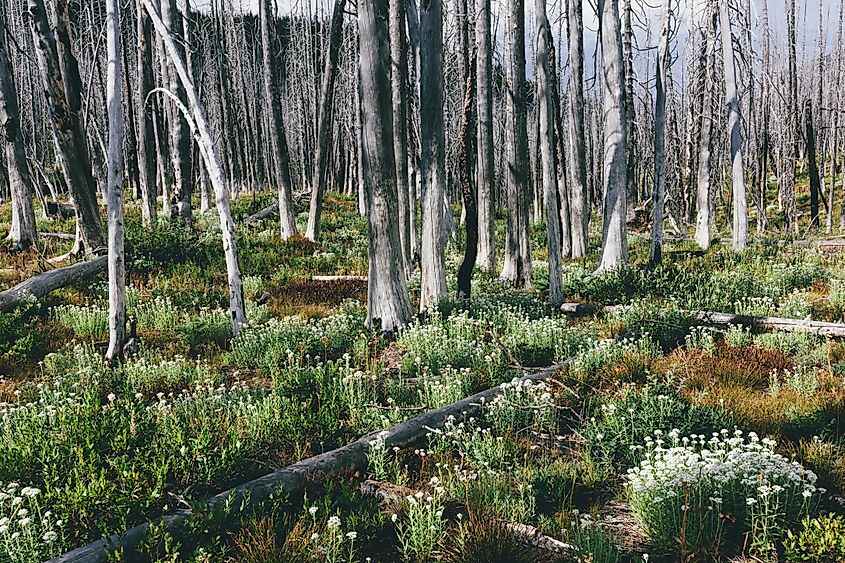
Like much of the West, the Okanogan-Wenatchee has been shaped by wildfire. Some of the largest fires in modern Washington history have occurred here, including the 2006 Tripod Complex, the 2014 Carlton Complex, and the 2015 Okanogan Complex fires. These events burned hundreds of thousands of acres, transforming the landscape and communities.
While devastating, fire is also an ecological force that renews forests, clears underbrush, and encourages the growth of fire-adapted species. Today, land managers continue to balance fire prevention with the natural role of fire in forest ecosystems.
Recreation in Every Season
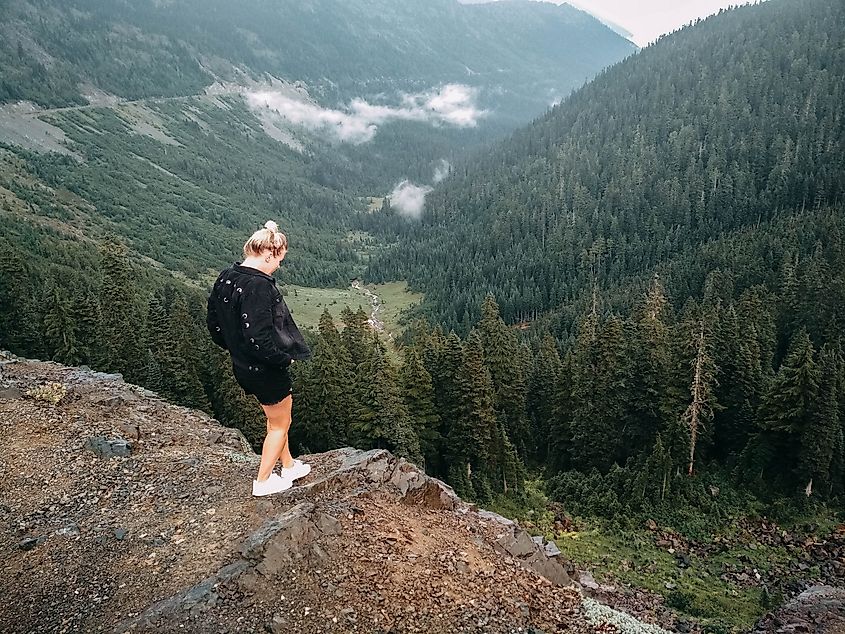
The Okanogan-Wenatchee National Forest is a playground for outdoor enthusiasts. In summer, hikers flock to trails that range from easy day hikes to challenging multi-day routes. Backpackers seek out wilderness routes that lead to alpine lakes or panoramic ridgelines. Mountain bikers and horseback riders also find trails that cater to their pursuits.
Winter transforms the forest into a snow-covered wonderland. Areas around Leavenworth, Cle Elum, and Wenatchee become hubs for cross-country skiing, snowshoeing, and snowmobiling. Higher elevations draw backcountry skiers looking for untouched powder.
Fishing, climbing, camping, and wildlife viewing round out the year-round opportunities. Few places in Washington provide such a wide spectrum of outdoor recreation within one forest.
Communities and Culture
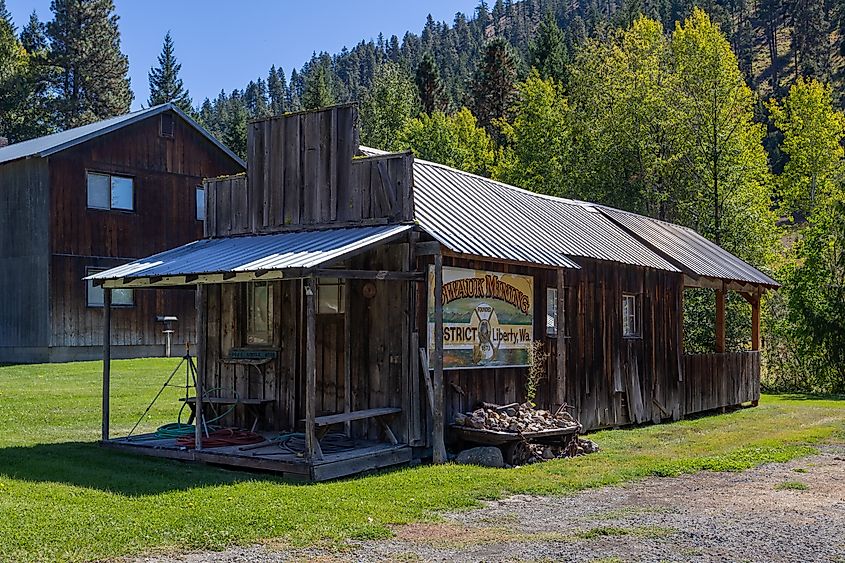
Surrounding communities, including Omak, Okanogan, Wenatchee, Leavenworth, and Winthrop, are closely tied to the forest. They provide gateways for visitors while maintaining unique cultural and historical identities. Leavenworth, famous for its Bavarian theme, has become one of the most popular tourist towns in the Pacific Northwest. Winthrop embraces its Old West heritage, offering another colorful stop for travelers heading into the Methow Valley and beyond.
The forest also has deep cultural significance for Indigenous peoples, including the Yakama, Colville, and Methow, who have long relied on its resources for sustenance and cultural practices.
A Forest of Stories

The Okanogan-Wenatchee has its share of unusual stories too. One famous episode occurred when the U.S. Forest Service accidentally constructed a fire lookout, Monument 83, on the Canadian side of the border. More recently, in October 2024, a U.S. Navy EA-18G Growler crashed in the Naches Ranger District, prompting closures as military teams searched for debris. These moments highlight the forest’s role not only as a natural treasure but as a backdrop to human events.
Visiting the Okanogan-Wenatchee
For visitors, the forest offers an almost overwhelming number of possibilities. Whether it is hiking into the Pasayten Wilderness, camping along Lake Chelan, skiing near Mission Ridge, or simply driving scenic byways like Highway 20’s North Cascades route, there is no shortage of adventure.
Ranger stations in Chelan, Cle Elum, Entiat, Winthrop, Naches, and Leavenworth provide maps, permits, and up-to-date trail conditions. Many visitors plan their trips around seasons, with wildflower hikes in June, larch-viewing in October, and snow sports in winter.
